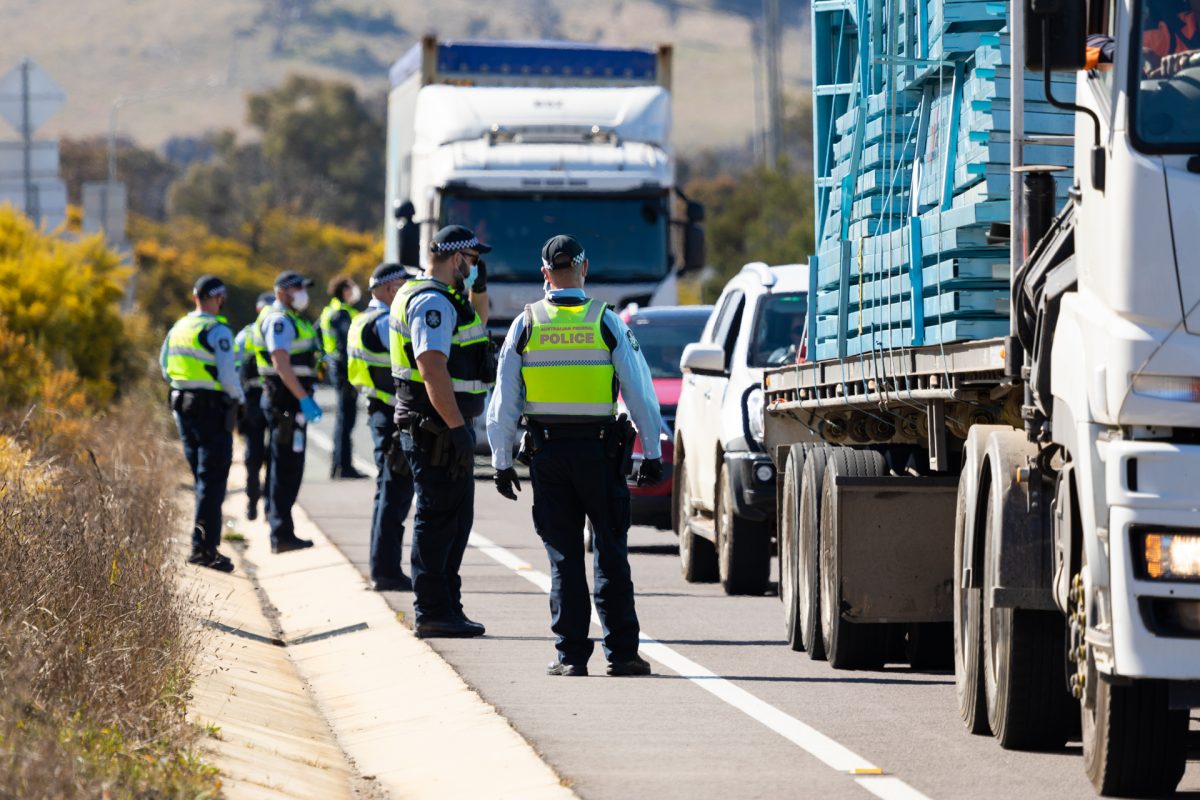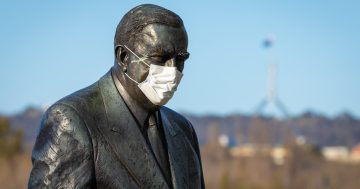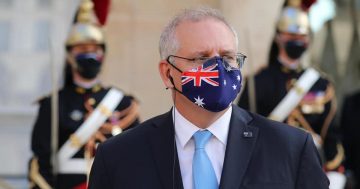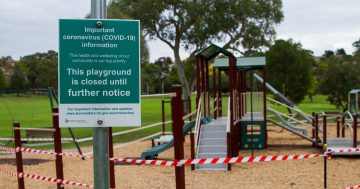
Checkpoint at the border – another sign the COVID response went too far? Photo: Michelle Kroll.
In late 2020, with my father dying from cancer and with only weeks to live, I tried to get back to Australia to see him and my distressed mother one last time.
I’d returned earlier in the year and had spent two weeks locked in a hotel room, hoping my Dad would still be with us when I got out. Fortunately, he was, and I was able to spend some cherished moments with him.
Later in the year, the option to return had been closed down.
I was one of the thousands of Australians who missed important family moments because of Australia’s fortress COVID approach.
A new report this week – Fault Lines: an independent review into Australia’s response to COVID-19 – has confirmed what many who found themselves on the wrong side of Australia’s stringent COVID restriction laws already knew – the rules went too far and probably caused more harm and distress to the people they were designed to protect.
The review was funded by the Paul Ramsay Foundation, John and Miriam Wylie Foundation and the Minderoo Foundation, and was headed by respected former public servant Peter Shergold.
It found schools should have remained open and that lockdowns and border closures were avoidable.
Significantly, the report found Australia’s most vulnerable communities received next to no financial support during this time and paid a significant price. Rules were enforced in ways that lacked fairness and compassion.
The report found it was wrong to close entire school systems, especially when it became widely known that schools were not high transmission environments.
“For children and parents (particularly women), we failed to get the balance right between protecting health and imposing long-term costs on education, mental health, the economy and workforce outcomes,” the report said.

Canberra Centre during lockdown: the economic costs of COVID are long-lasting. Photo: Thomas Lucraft.
More than 200 health experts, public servants, epidemiologists and business and community groups were consulted for the report. It talks of policy failures at all levels of government through quarantine requirements, contact tracing, testing and communications.
I was in the United Kingdom when the COVID panic began to sweep the world. It was one of the first countries the virus took hold and raced through the community. There was a lot of fear.
But to the credit of Boris Johnson and his government, the response was quick, vaccinations were made readily available and the public responded.
I had two AstraZeneca vaccines within six months. Johnson himself had the same vaccine. Meanwhile, in Australia, people refused to have the same vaccine because they were told they might not be safe.
Their fear was being fed by irresponsible media coverage, which caused a lot of vulnerable people a lot of stress. Several health experts also made unhelpful comments which added to the confusion.
Then the Australian lockdowns arrived and borders were closed. Nearly every day in the international media, there were embarrassing reports of how desperate Australians were not allowed to visit dying relatives and how people were being locked up for breaking quarantine laws or daring to cross closed borders.
And then there was the threat from the Australian Government to jail its own citizens if they dared try and return to Australia from India during the pandemic, surely one of the low watermarks of Australia’s overall COVID response.
Ridiculously, some governments continued to pursue a zero-COVID approach long after it became obvious it could never be achieved.
Critics of the Shergold response will say it focuses too much on the economic impacts of Australia’s COVID response and ignores all the lives that were saved. But the report echoes what similar reports from other countries have also found – the long-term mental health issues and the damaging disruption to our children’s education are costs we will have to bear for many years to come.
In the early days of COVID, nobody knew what it was, how bad it would get, and how it could be eradicated. Governments and health authorities did their best with the information they had to protect their citizens.
But as this report finds, the balance was not right.





















